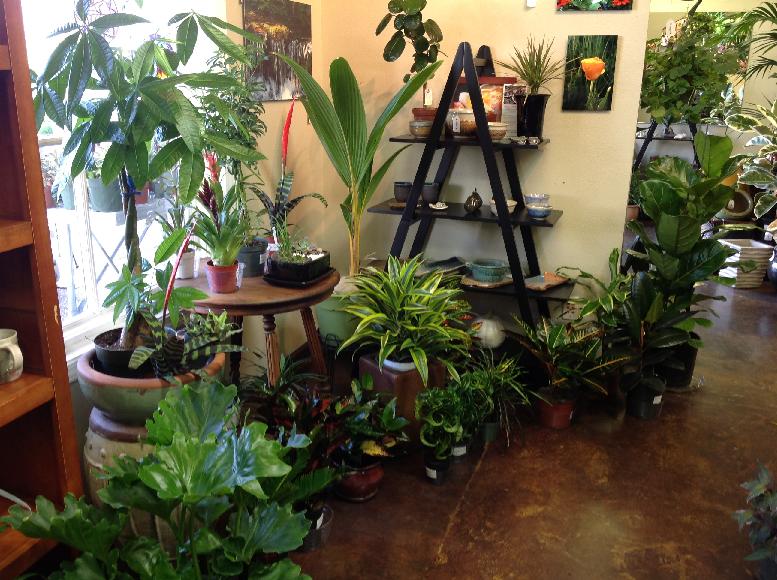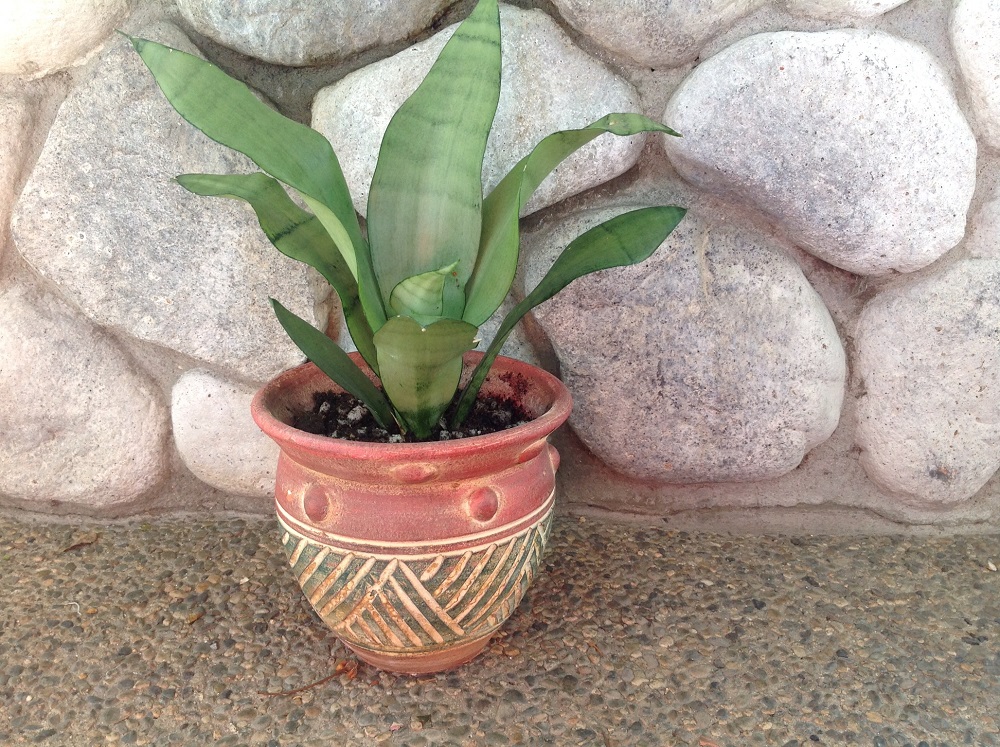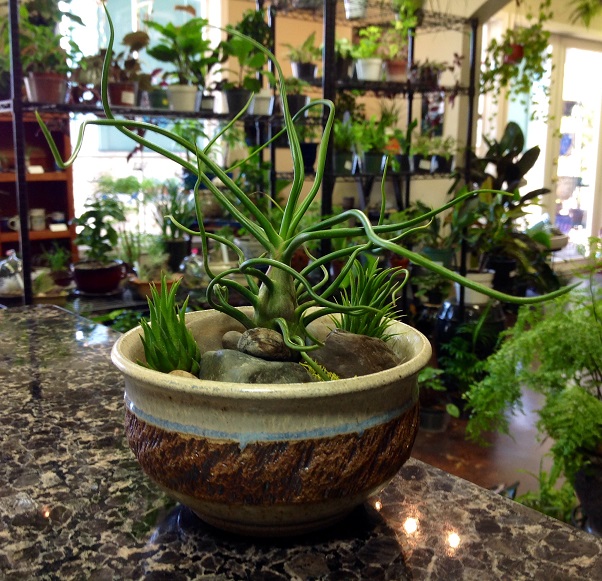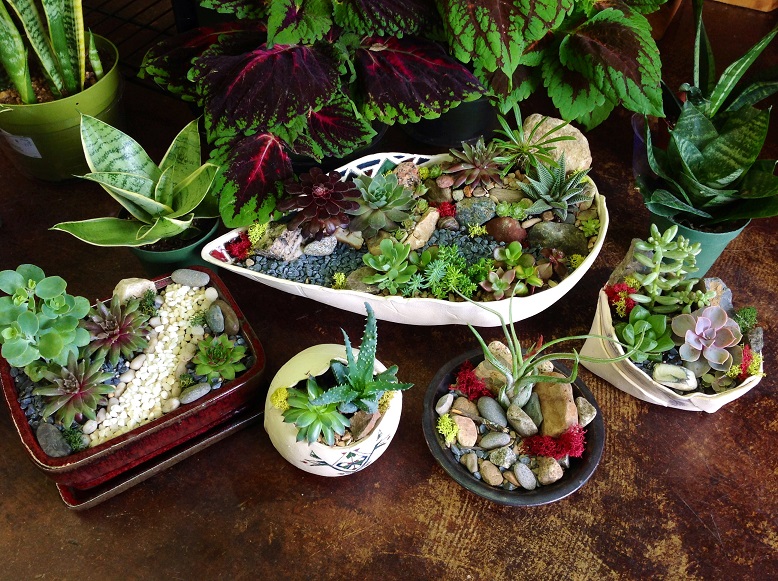Written by Amy Duke
I think, when it comes to indoor plants, so many of us consider ourselves to be “plant killers” simply because we don’t understand how to water or not water them.
Many of us, including myself at one time, have given up on the idea of having indoor plants even though we love them. One bad plant experience is sometimes enough to decide you have a black thumb and it’s discouraging to bring a beautiful plant home only to watch it slowly die. It’s depressing, and house plants are supposed to have the opposite effect on us.
In later posts I will go into the studies that have proven just how many benefits having house plants in your environment provide, but for now I’m going to jump into the most basic things to understand about how to care for them.
It doesn’t have to be a difficult thing at all to make indoor plants thrive, even in our mountain climate. And you don’t have to feel like you are a slave to your plants or can’t take a vacation in order to enjoy them. There are so many ways to make your plants beautiful with little work, even if you have a busy lifestyle, you just have to know which plants to pick.
In the next few months I am going to write posts about what I consider to be the most basic and foundational topics about house plants that will help you build the confidence you need to bring them in your home and keep them happy.
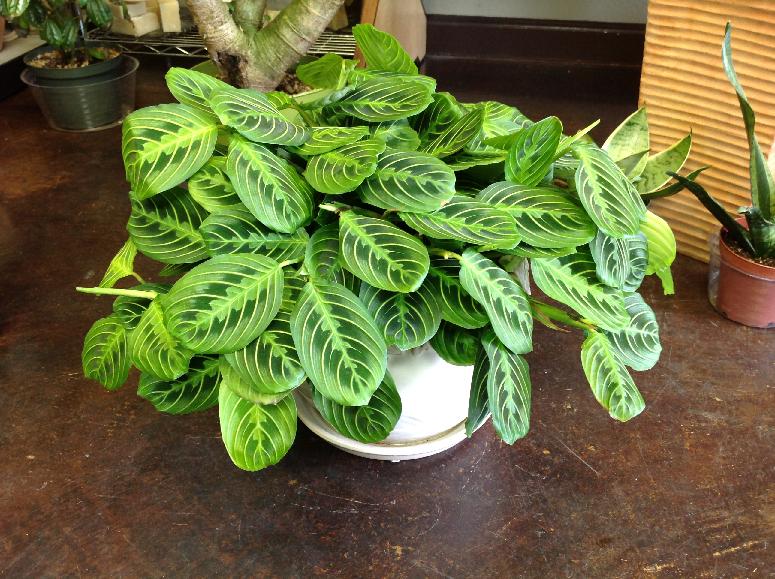
1. Know what water needs your plant has and consciously follow those rules.
2. Create a schedule for watering and stick with it.
3. Understand that water needs shift slightly depending on the time of year.
4. Only have one person taking care of plants at one time.
Now I will go into each one of these rules a little more…
1. So many plants have different water needs. If you are busy and don’t have much time for plants, but want them in your home then you need to pick plants that all have the same watering needs.
The easiest plants to keep happy with a busy lifestyle, are plants that want to dry out all the way in between watering. Some examples are succulents, dracaenas, money trees, rubber trees, snake plants, Aralias, scheffleras and spider plants. All of these plants want to dry out all the way, then have a deep watering, and then dry out again.
It is important to put plants that want to be dry in between watering in pots with drainage holes and when they are completely dry, water them until you see water running out from the bottom. These kinds of plants also don’t mind staying dry for a bit after they are dry. There are many more plant varieties that want water in this way, these are just a few examples.
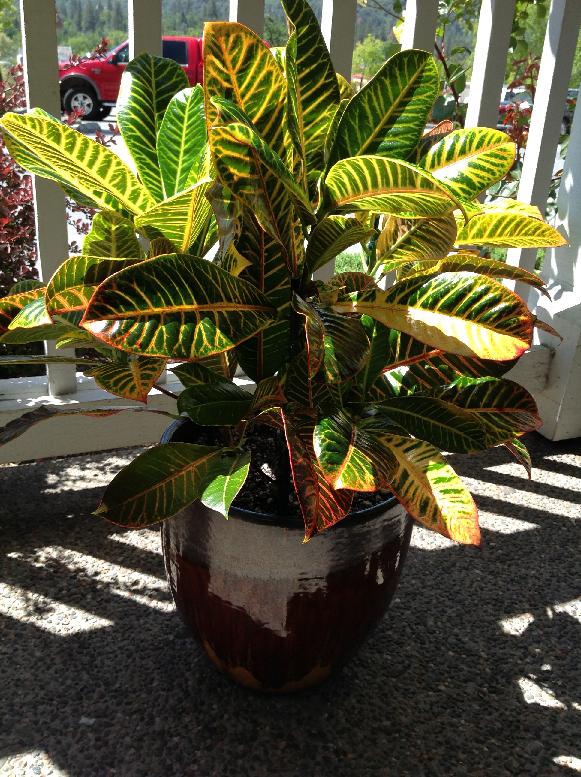
In any case when dealing with plants that want to be all the way dry or mostly dry, the only tried and true way to know, if your not sure, is to stick your finger in the dirt and see for yourself. Often times we see a plant drooping and assume it is drooping because it is dry, but plants also droop when they are too wet as well because the cells are bogged down with too much water and if you water a plant that is already too wet…..dead plant. So, using your finger is the way I find to be the best.
Some plants need consistent moisture to be happy, like most Ferns, Coleus, Indoor Begonias and Calatheas. The best way to water these plants is very lightly, every few days. The key is to never have the soil soggy or dry. Any time you water at all, you want to be mindful to cover the entire soil surface to ensure all the roots are wet and some aren’t left dry as this can lead to weakness and susceptibility to disease or bugs.
2. A lot of people tell me they either don’t remember to water their plants, or they forget they watered them and water them too much. Whatever water needs your plant has, it is usually the most helpful to make watering part of a schedule that already exists for you. Once again this is most easily done with plants that want water when they are dry. Once a week is usually the standard for water when dry plants, and you can synchronize all your water when dry plants so they all get watered in the same day, this makes it so much more manageable for you. Even if your plants don’t need water once a week, checking routinely checking them with your finger will help you to gauge when watering will be best. With plants that want water more often, just make checking them part of your routine and you’ll be amazed at how easy it will become not to forget them, and how therapeutic caring for them can be for you.
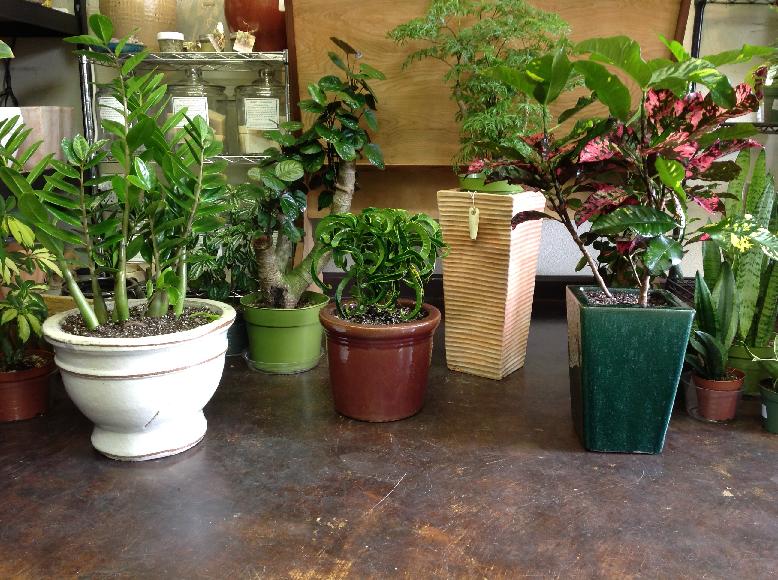
It is important to know that any time it gets hot, our plants need more water, just like we do. A good rule to keep in mind if all of this feels overwhelming is that once you flip on your air conditioner, start checking your plants in between the watering schedule to see if they are drinking more water. Don’t think that because you are keeping the the temperature in your environment cooler with the air conditioner, that the plants won’t still want more water, because the air conditioner actually absorbs more moisture from the air and even though it is cooler, the plants will still get thirsty faster. I will go more into air conditioners and swamp coolers in my next post.
In conclusion, simply realize that it is easy to get into a watering routine and then not realize that our plants are shifting their needs, this makes it easy to over or underwater if we are not keeping an eye on them and touching the soil. I will do a post later on on water needs specific to the seasons
4. Another thing I hear quite often when a couple comes into my shop is that they killed a plant because they didn’t realize the other person already watered, or because they assumed they did water it when in fact, they didn’t. It is never a good idea to have two people watering the same plants. If you are in a situation where you want to take care of plants with someone, decide together which plants each of yo will be responsible for and communicate if for some reason either of of had to change the plan. But once again it all goes back to my fail safe for proper watering…never do it until you put your finger in the dirt and see what the soil tells you, two inches down will do the trick.

I welcome any questions or comments on this topic. I kept it relatively short, but you could literally write a book about watering plants and I can get as specific as anyone would like if you have a plant your are curious about. Also, never hesitate to do some research online about your plant, plants you are thinking about getting or if you want to find out what kind of plants meet the watering requirements that work for you.
Here’s to more green thumbs indoors:)
Amy Duke is the owner of Solstice Gallery located at 40282 Highway 41, Suite 3, in Oakhurst. Visit on Facebook for more advice and ideas.

